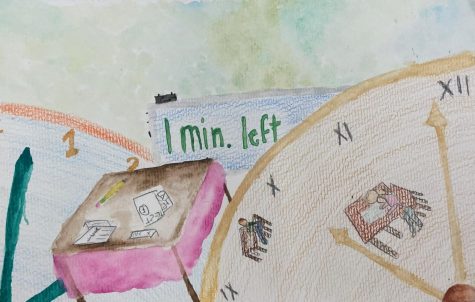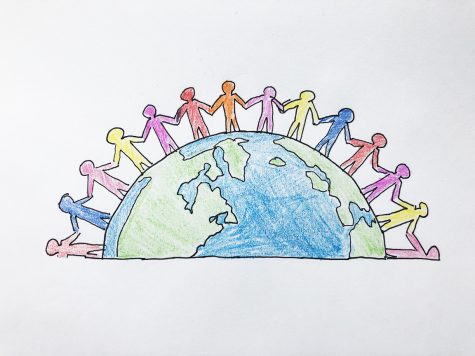¡Hola! Comment allez-vous?
Students at Bedford are required to take a language class, whether it be Spanish, French, or Mandarin. Some are already fluent in one of these languages, or another – but most have muted interest and are simply monolingual in English. This is one example similar to many schools across the country. Students at Bedford are required to take a language class, whether it be Spanish, French, or Mandarin. Some are already fluent in one of these languages, or another – but most have muted interest and are simply monolingual in English. This is one example similar to many schools across the country.
Is this an urgent problem, that must be immediately addressed and spent thousands of dollars on? Not necessarily. However, the country’s programs could certainly be worked on for generations to come. Communication is key in the world, and the future citizens of the United States need to know and use that.
America’s lacking language skills is an unquestionable disadvantage compared to the cultured and vibrant worlds of multilingual countries across Europe, Asia, and parts of the Americas. The average number of languages spoken by an American is 1.15 languages, according to an American Community Service Report from 2007.
In short, the citizens and education of the United States needs to focus more on foreign languages. With the few exceptions (in relation to the number of people), Americans basically speak only one language. America, you do realize English isn’t the only way the nearly 7.5 billion people in the world communicate, right?
Although the issue does involve teacher shortage and budget cuts in school districts – where foreign language education is often lost – it also has to do with the student’s’ choice not to take the class, influenced by the parents’ guidance. According to “The Atlantic,” only 7 percent of college students are enrolled in a language course. The idea is also represented in the fact that, while nearly 93 percent of high schools in the United States offer a foreign language, less than 1 percent of adults in the country are proficient in a language they studied as a student.
Knowing another language is incredibly beneficial in both academics and economics, believe it or not. A study from North Carolina in 2010 showed that students taking part in a dual-language program performed significantly better in English (language arts), math, and other subjects by fourth grade – regardless of their race or socioeconomic status.
The Joint National Committee for Languages also says that the language industry employs more than 200,000 Americans, each earning a median wage of about $80,000, a fairly good opportunity for those equipped with a second language.
In addition, the number of opportunities for them in the enormous field of international business is absolutely larger. This also relates to why America isn’t as big of a competitor as other countries in the field.
But that’s not all. Along with all of these benefits, multilingual people are shown to have improved cognitive health and memory. A new study has also demonstrated that they have better resistance to being swayed by advertisements or political campaigns.
Bill Rivers, one of the United States’ most prominent lobbyists towards better language education, says that “It’s not a nice-to-have; languages are a need-to-have.”
All in all, whether it be in the close or distant future, it would be most beneficial to the people and America in general if the United States further focused on the importance of learning a foreign language. This country is just so closed up, especially with the current phenomenon of the travel ban and all; it’s as if there already is a wall separating us from the rest of the world. That wall can be destroyed, knocked down, but only if the people want it to be.
¡Gracias! Au revoir!













